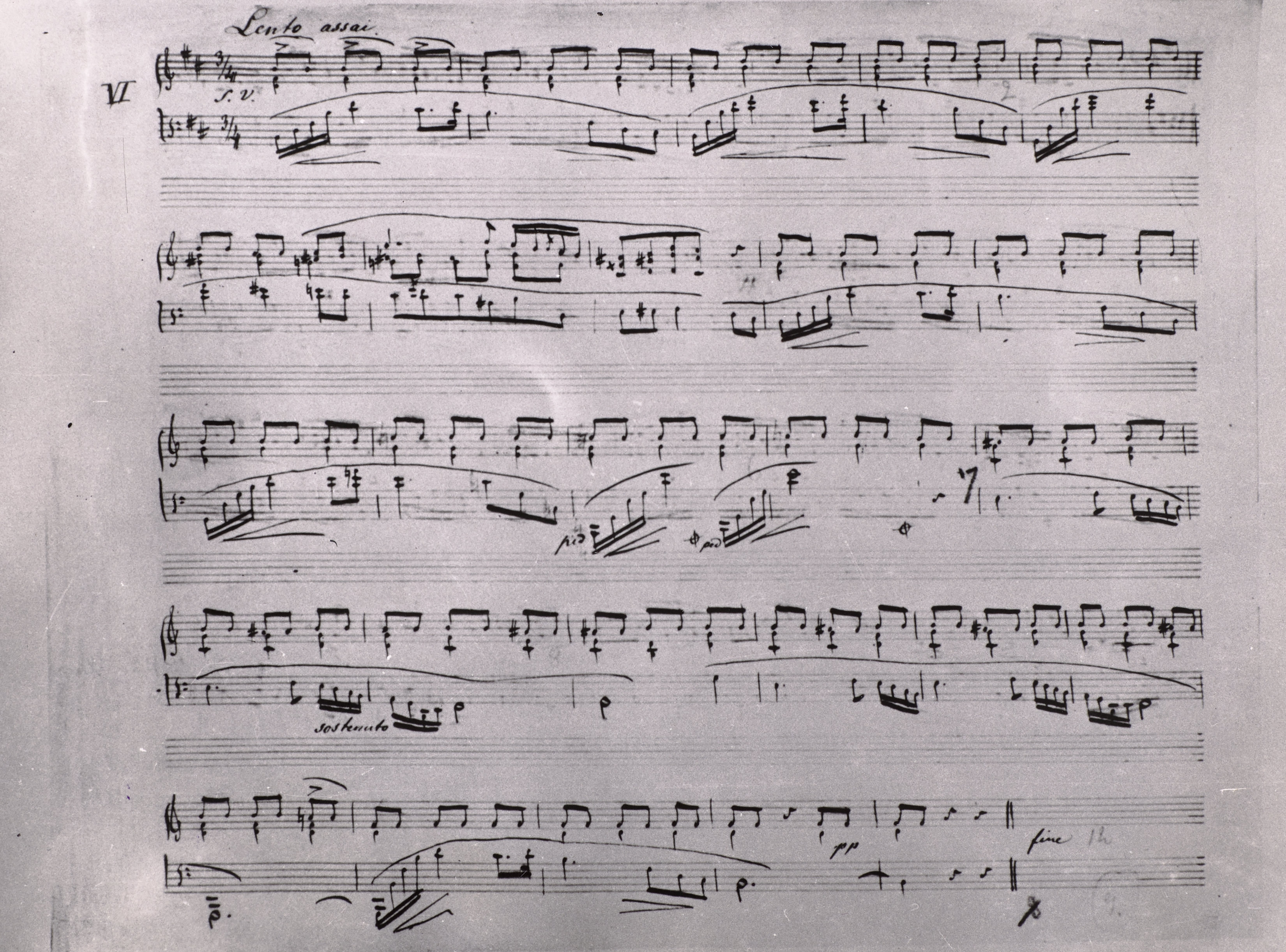



The version of A (→FC→GE1), in which these three bars are based on the c -e-g diminished chord, most probably resulted from an oversight of the naturals lowering c
-e-g diminished chord, most probably resulted from an oversight of the naturals lowering c to c (in various octaves) by Chopin. The composer's mistake is supported both by stylistic and source issues:
to c (in various octaves) by Chopin. The composer's mistake is supported both by stylistic and source issues:
- a temporary brightening of the doleful mood of the Prelude, which is brought by the three bars filled with the C major chord, enriches and enhances the expression of the piece in relation to the dark version featuring the c
 -e-g chord, which is emotionally more homogeneous.
-e-g chord, which is emotionally more homogeneous. - the naturals in FE (→EE) were almost certainly added by Fontana, who, theoretically, could have received a hint from Chopin on that subject. Anyway, the composer did not question the version based on the C major chord in any of the three teaching copies bearing clear traces of having been developed under him.
- Naturals are also present in CGS, which may mean that the writer, who was, after all, a witness to the creative process and the completion of the cycle of Preludes, did not see anything controversial about the three-bar-long C major chord (inconsistent with the sound of the Prelude she most probably knew from Chopin's performances). However, the importance of that evidence is mitigated by an insufficient knowledge of the time the copy was prepared and of its purpose.
The naturals visible in FC, having been written in pencil, come from a later – most probably since the 1870s – owner of that manuscript, H. Scholtz; they were not included in GE1. The change introduced in GE2 could have been drawn from FE, although the revision was performed inaccurately – the  before the last L.H. quaver in b. 12 and before the 1st R.H. quaver in b. 14 were overlooked. Therefore, it seems more likely that the addition was introduced independently, as a result of an accurate analysis of the harmonic structure of the piece by the reviser.
before the last L.H. quaver in b. 12 and before the 1st R.H. quaver in b. 14 were overlooked. Therefore, it seems more likely that the addition was introduced independently, as a result of an accurate analysis of the harmonic structure of the piece by the reviser.
Compare the passage in the sources »
category imprint: Differences between sources
issues: GE revisions, Foreign hand additions in manuscripts, Omission of current key accidentals, Errors of A, FE revisions, Last key signature sign
notation: Pitch

